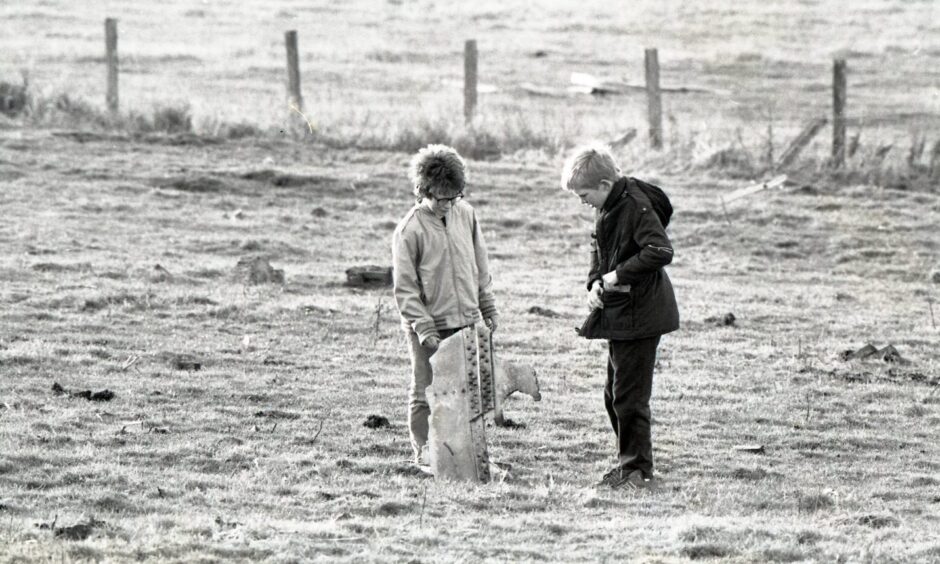
These never-before-seen images reveal what the aftermath of the Lockerbie bombing looked like for those who witnessed it first-hand.
Courier photographer Bill Brown was among the first on the scene, witnessing the carnage after Pan Am Flight 103 exploded over the town on December 21 1988.
In the 24 hours that followed, he photographed the grief-stricken people of Lockerbie waking up to find themselves on the site of the worst act of terrorism on British soil.
Photos which have lain in DC Thomson’s archives but were never developed from negatives have been published for the first time to mark the 35th anniversary.
The town of Lockerbie had been known only for its annual sheep sales, held since 1680, and the fossilised reptile footprints in the nearby sandstone quarry.
Its name would become a byword for horror.
Pan Am Flight 103
Pan Am 103 took off from Heathrow at 6.25pm on a flight to New York carrying 16 crew and 243 passengers before a timer-activated bomb detonated inside a suitcase.
It was blown out of the night sky at 7.02pm.
In all, 259 bodies fell within seconds on Lockerbie, alone or in groups, strewn across the neighbourhood and nearby fields, in gardens, on pavements and on top of roofs.
Among them were 35 students from Syracuse University, their academic and family lives yet to be fulfilled.
The town itself lost 11 of its residents as sections of the plane plummeted.
The debris was everywhere.
The earthquake monitoring centre registered a tremor of 1.6 on the Richter scale.
One of the first people to hear about the crash was Dundee man William Dunn, whose stepson lived in the town and phoned immediately to tell him the family was okay.
David Dingwall, married with two daughters, worked as a butcher in Dundee before moving to Lockerbie and the Boeing 747 crashed 150 yards from his home.
In those days, there were no Twitter feeds or WhatsApp devices to issue alerts of breaking stories – just the sound of phones ringing in The Courier newsroom.
The night of the Lockerbie bombing was ‘quite eerie and awful at the same time’
Courier photographer Bill Brown (who has since passed away) was brought up in Galashiels and knew the area quite well.
He phoned reporter Les Peters and they set off by car for Lockerbie.
They were among the first on the scene – partly due to Bill’s local knowledge to take them in to the town through a back road with the A74 blocked by the wreckage.
The stench of the fuel pervaded the atmosphere all around the area.
They relived Lockerbie’s darkest day in harrowing detail in 1998.
“We took a back road in and landed right where the nose cone was lying,” said Bill.
“We then went into the town and it was like something out of a movie set.
“There were bits of aircraft lying across the main street.
“It really was quite eerie and awful at the same time.
“Sherwood Crescent was just unbelievable – you couldn’t fathom it.
“People were claiming that there were houses there.
“But they no longer existed.”
The effect of that night was seared on my soul.”
Courier reporter Les Peters
They slept in the car in the centre of Lockerbie but the real shock came at first light which Les described as “like waking up in the middle of a warzone”.
“It must have been hell on earth to have been there at the moment of impact,” he said.
The sight of the bodies also came at daybreak.
“I remember two soldiers in uniform sitting side by side in plane seats embedded in the roof of a house – they looked as if they were having a quiet chat,” he said.
“The effect of that night was seared on my soul.
“I can’t drive up or down that road without looking up to the golf course on the hill and having the memory of seeing a dozen bodies in a row where they had just literally fallen from the sky.”
Keith Osgood was driving for PS Ridgway on his way from Lancashire to Dundee when the wings struck the edge of the A74 and spoke of carnage, debris and wrecked houses.
He told Les and Bill the “sky lit up” when the 747 exploded.
He spoke of a carriageway covered with bricks and debris which included “a radiator from one of the houses which must have been flung here when the house exploded”.
“Cars and vans in front of us were on fire, there were bits of fuselage all over the road and there was even a seat from the plane with the back all twisted up,” he said.
“I’ve seen some terrible road accidents but I’ve never seen anything like this.
“It’s horrendous.”
Les and Bill were joined by herds of reporters, photographers and TV crews while the air was filled with the almost constant sound of helicopters engaged in a grim search.
Bill said: “What was really sad was the number of personal items lying around, like soft toys and shoes.
“We went to a place the police had set up – I think it was a primary school – where they had stored all the suitcases and personal belongings.
“Walking into that massive but strangely silent and empty room really got to me.”
The scenes would haunt Les and Bill always.
Small town of Lockerbie now had two mortuaries
The Courier reported how the long-awaited new library, which had opened just a fortnight before, became a co-ordination centre for the disaster.
The school, and all its decorations made by children eagerly anticipating Christmas, formed a base for soldiers and rescue teams.
The ice rink, usually booked solid by curlers with the bar a focal point for happy socialising, became a temporary mortuary.
Outside the Town Hall, another temporary mortuary, there was a pile of flowers.
One wreath bore a message from a passenger who completed the first leg of the
journey from Frankfurt before leaving the flight at London.
It read: “To the little girl in the red dress who lies here, who made my flight from Frankfurt such fun. You didn’t deserve this. God Bless. Chas.”
She was going home for Christmas and personified the loss of innocent life.
There was no time for festivities for the searchers.
For those who witnessed the tragedy and have been involved in the harrowing aftermath, the terrible visions of bodies and wreckage cannot be banished from the mind’s eye.”
Courier reporter
A Courier reporter spending Christmas at her parents’ home in Lockerbie in December 1988 shared an inside view of the town after the tragedy.
She said: “We have an aunt who lives in Sherwood Park, just next door to the crescent where the houses have been reduced to a crater.
“She seems to be all right but with the house roof damaged and windows shattered she has locked up and gone off to her daughter out in the Galloway countryside.
“Her neighbour, another friend, examined his loft to find the wheels of an aircraft catering trolley embedded in a beam.
“He, too, has gone off to stay with relations way out of town.
“The world is upside down in Lockerbie.
“For those who witnessed the tragedy and have been involved in the harrowing aftermath, the terrible visions of bodies and wreckage cannot be banished from the mind’s eye.”
Only Abdelbaset al Megrahi convicted over Lockerbie bombing
Hundreds of police officers, soldiers, firefighters, ambulance officers and others had to carry out the horrific task of recovering the remains of the victims.
But what impressed many who visited the town was the determination of most members of the community not to be frozen in time, not to remain vengeful towards those who had perpetrated the attack.
The only person convicted of the Lockerbie bombing, former Libyan intelligence officer Abdelbaset al Megrahi, died in 2012 after release from HMP Greenock on compassionate grounds.
The 270 souls who perished 35 years ago should never have died.
But they will be forever loved and never forgotten.
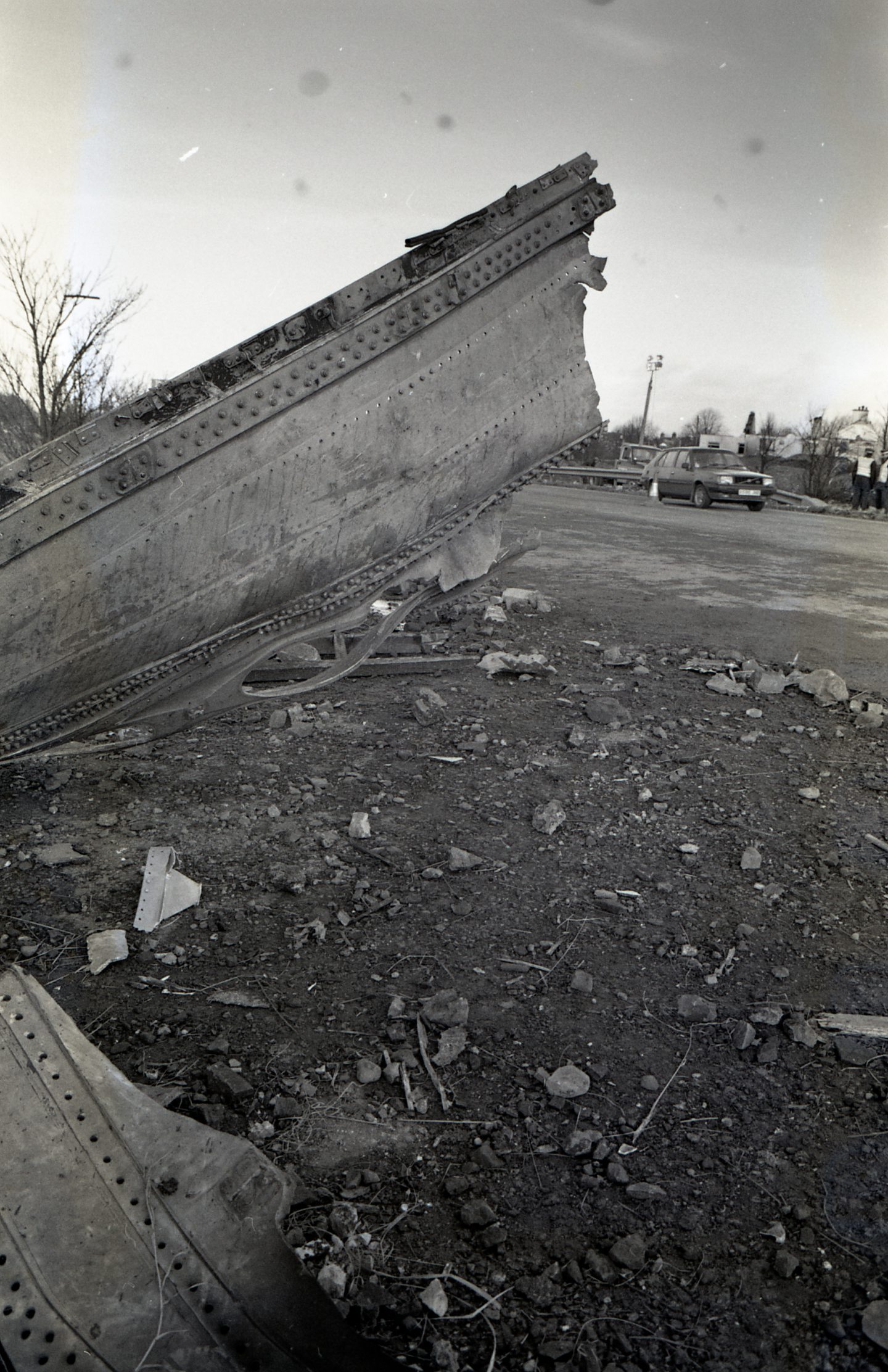
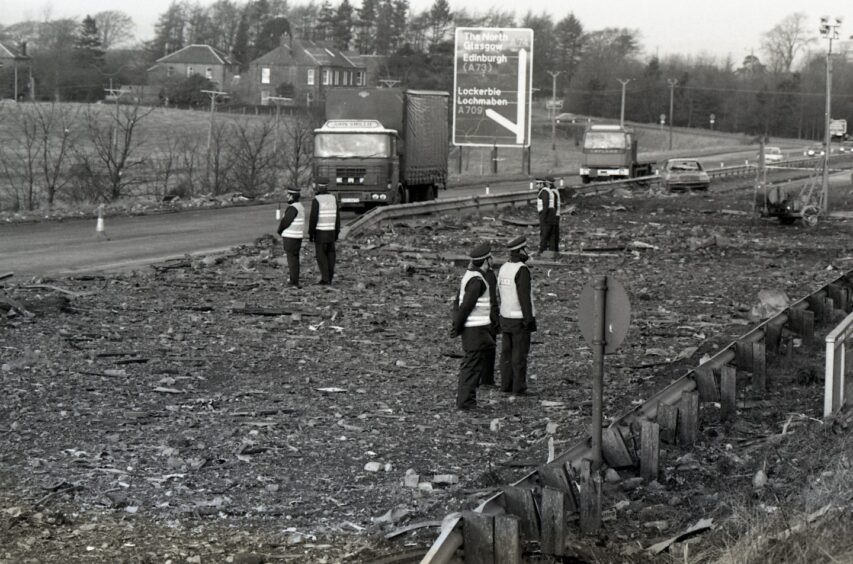
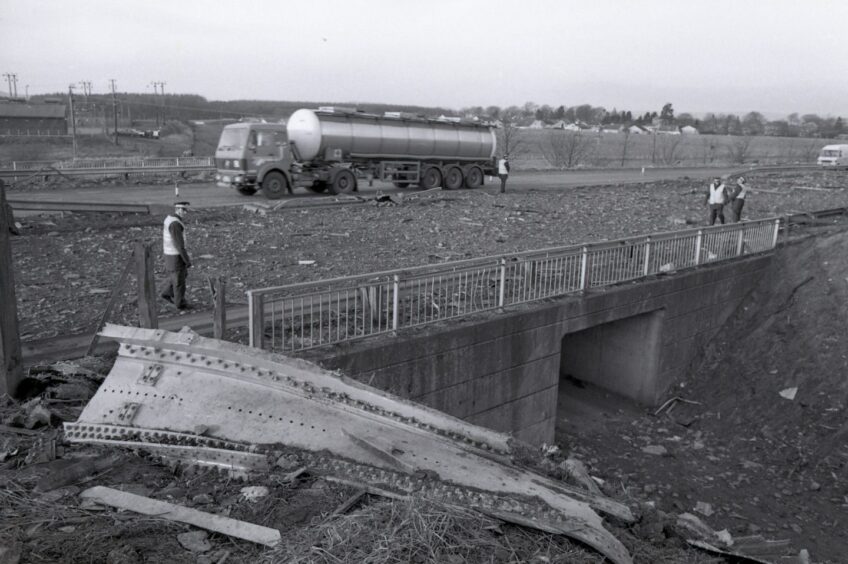
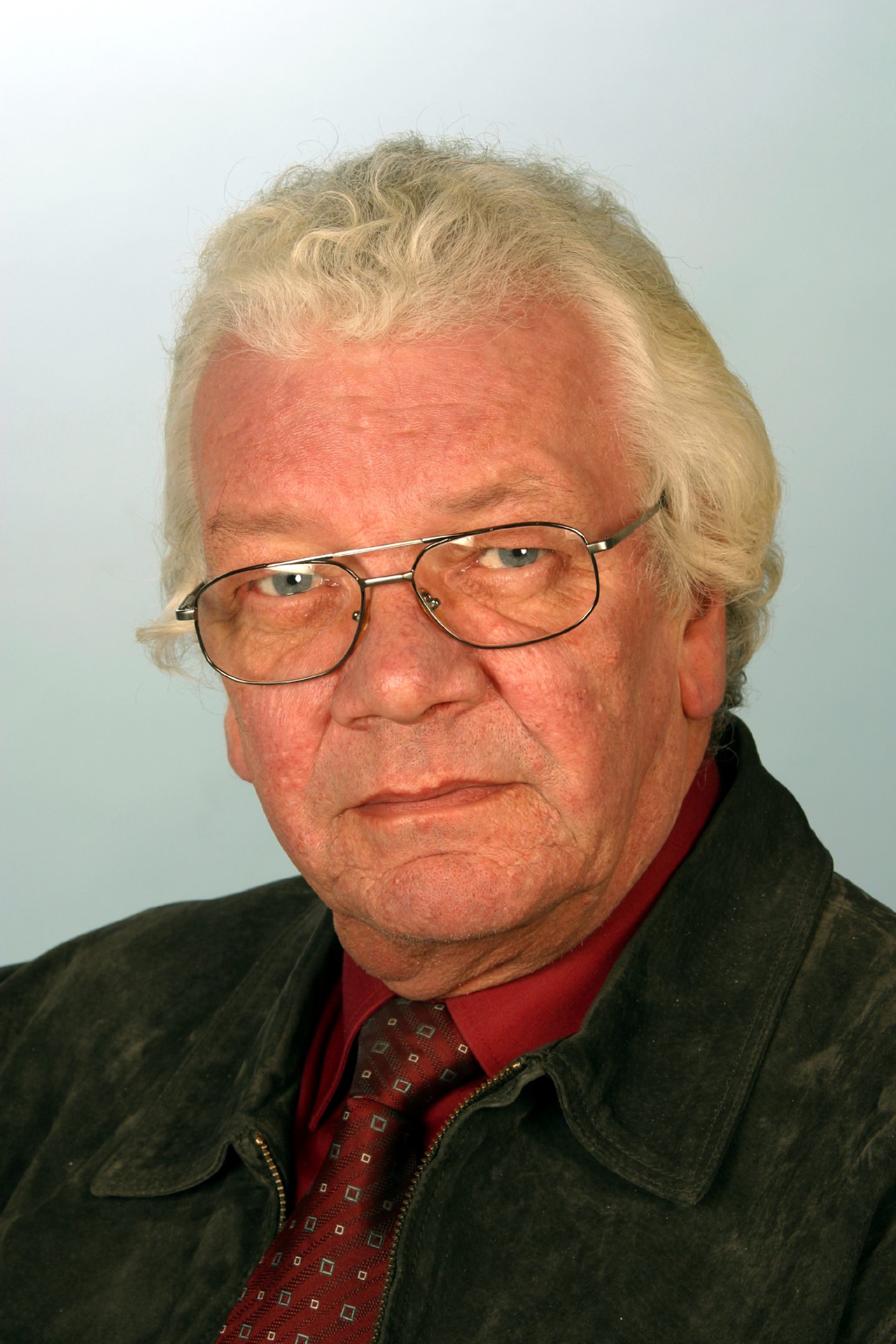
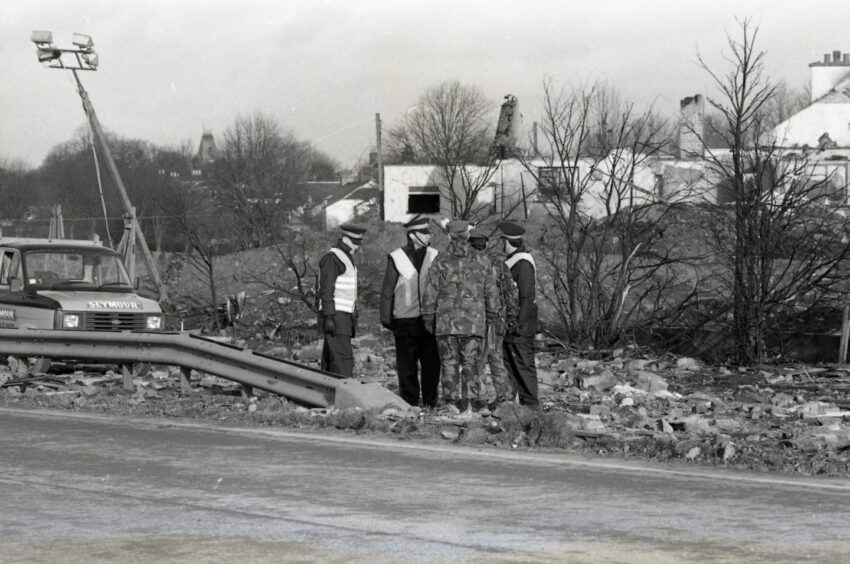
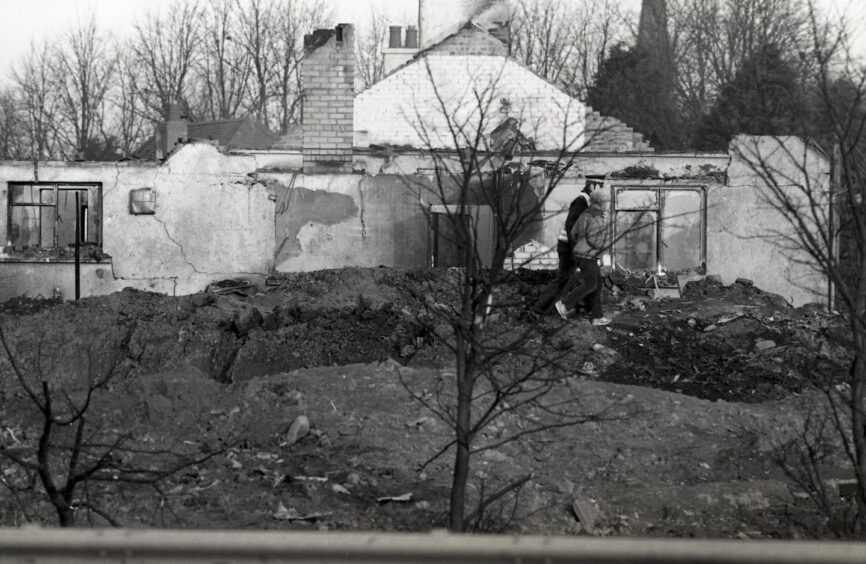
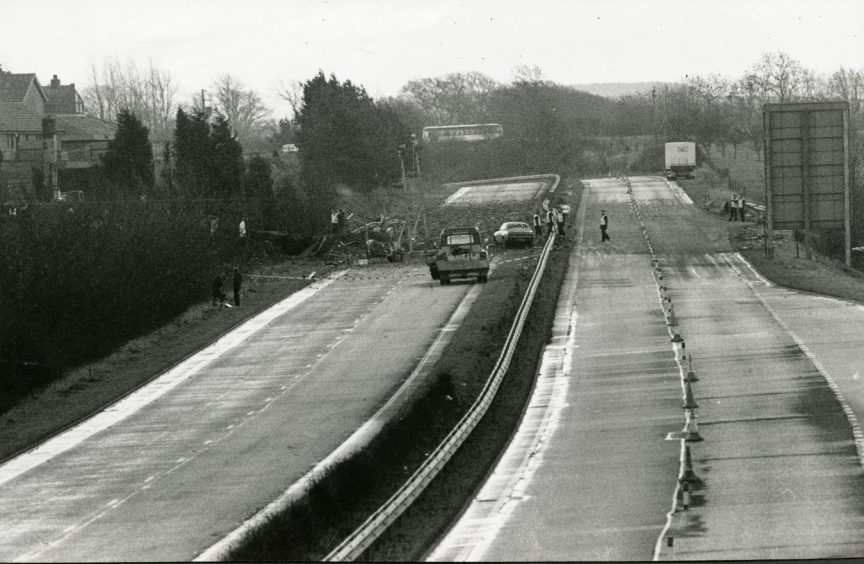
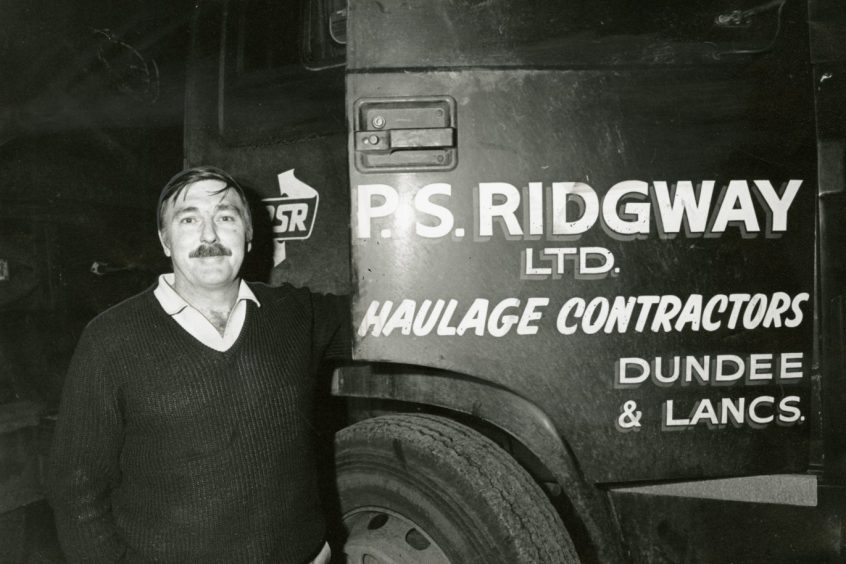
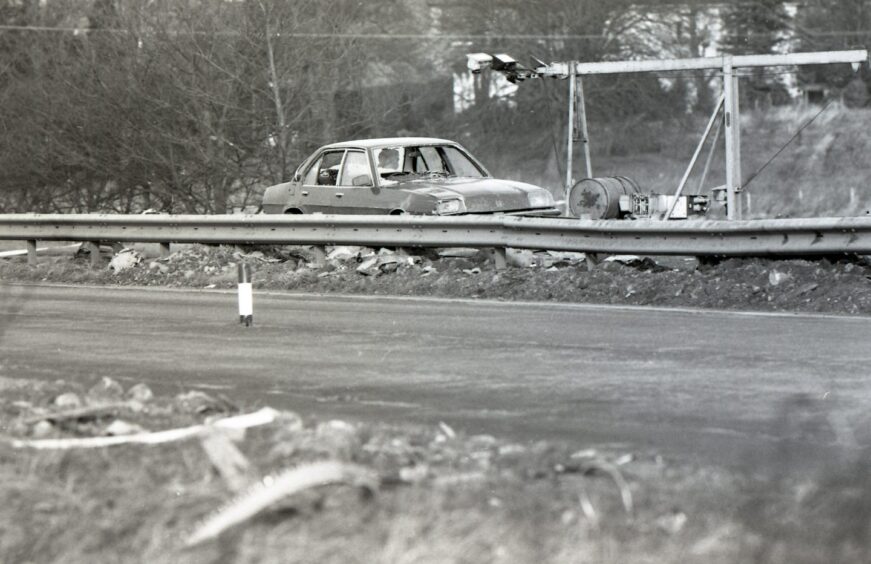
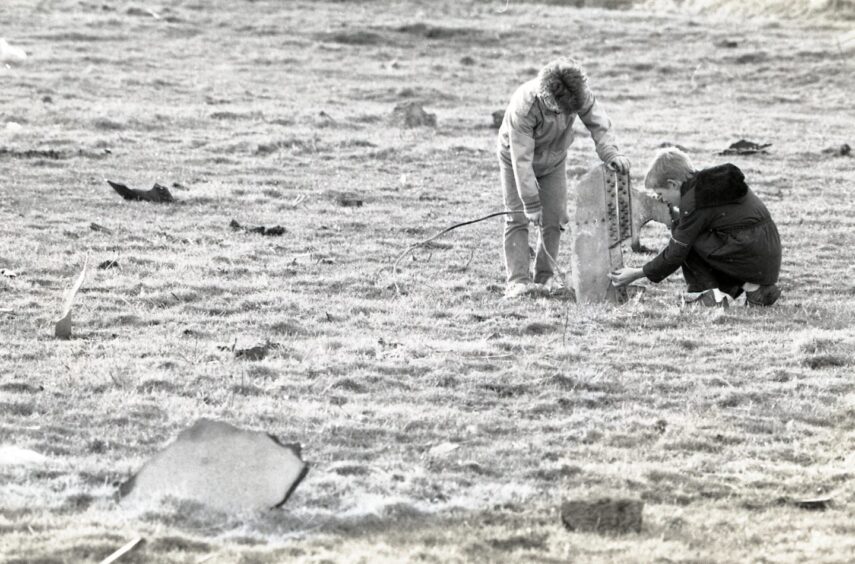
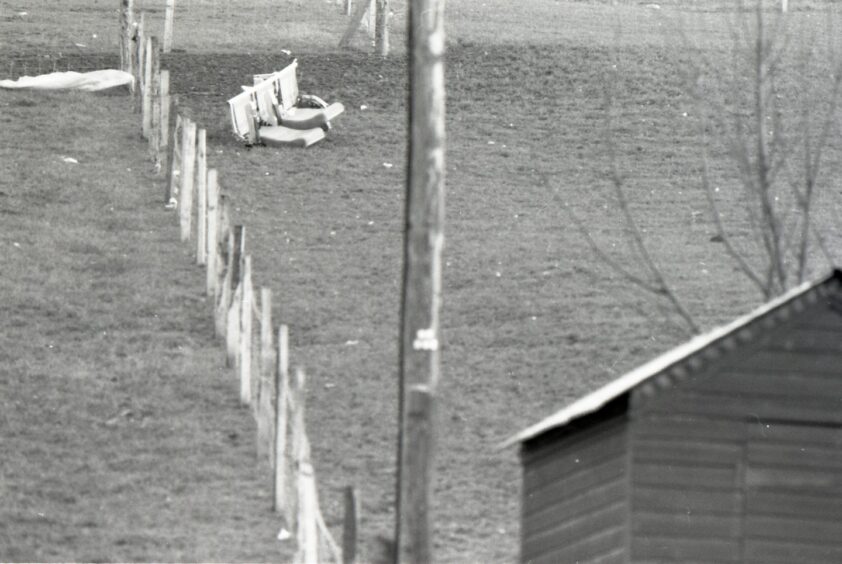
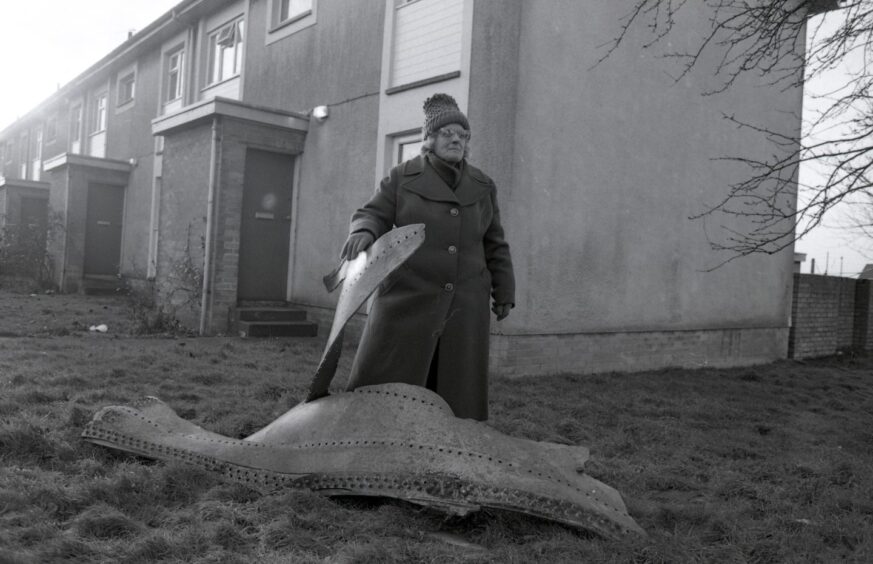
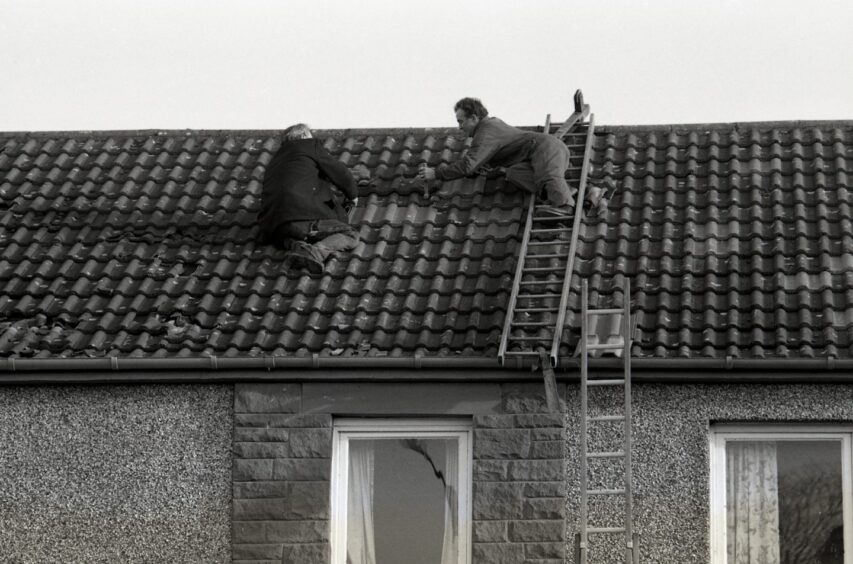
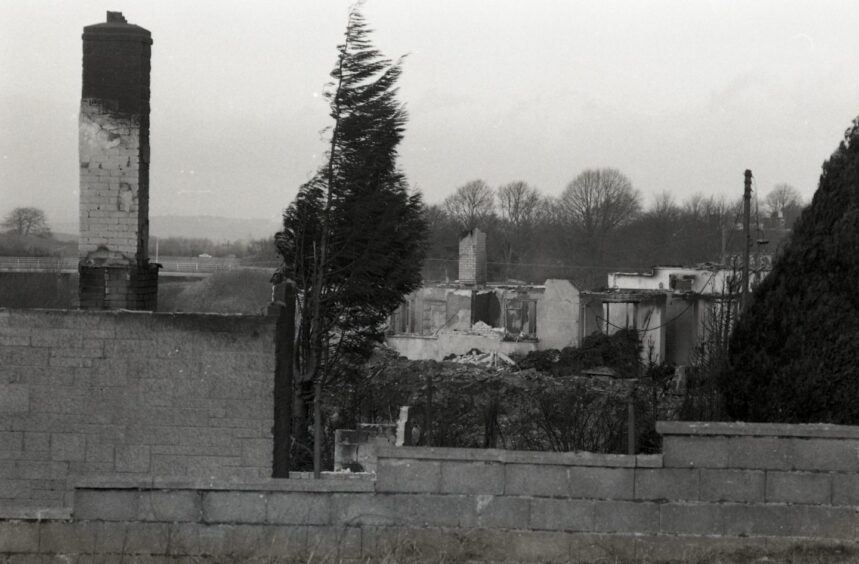
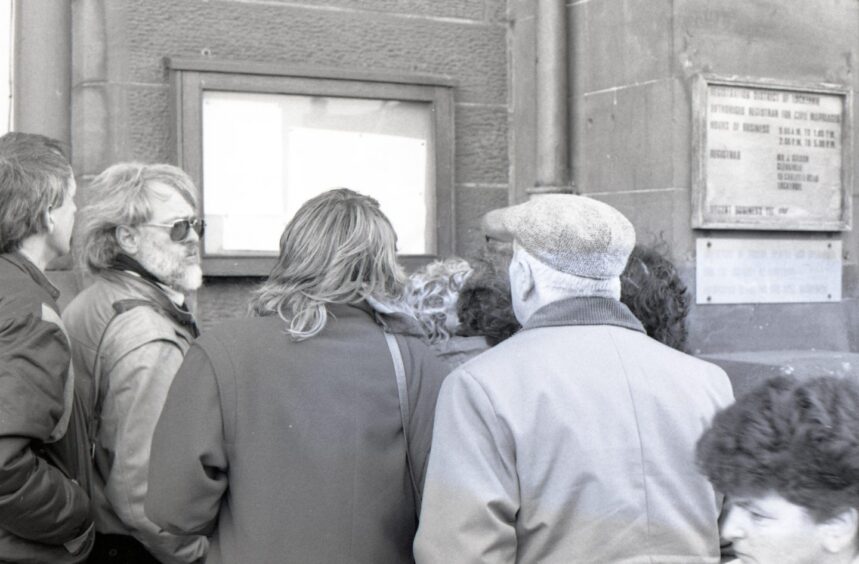
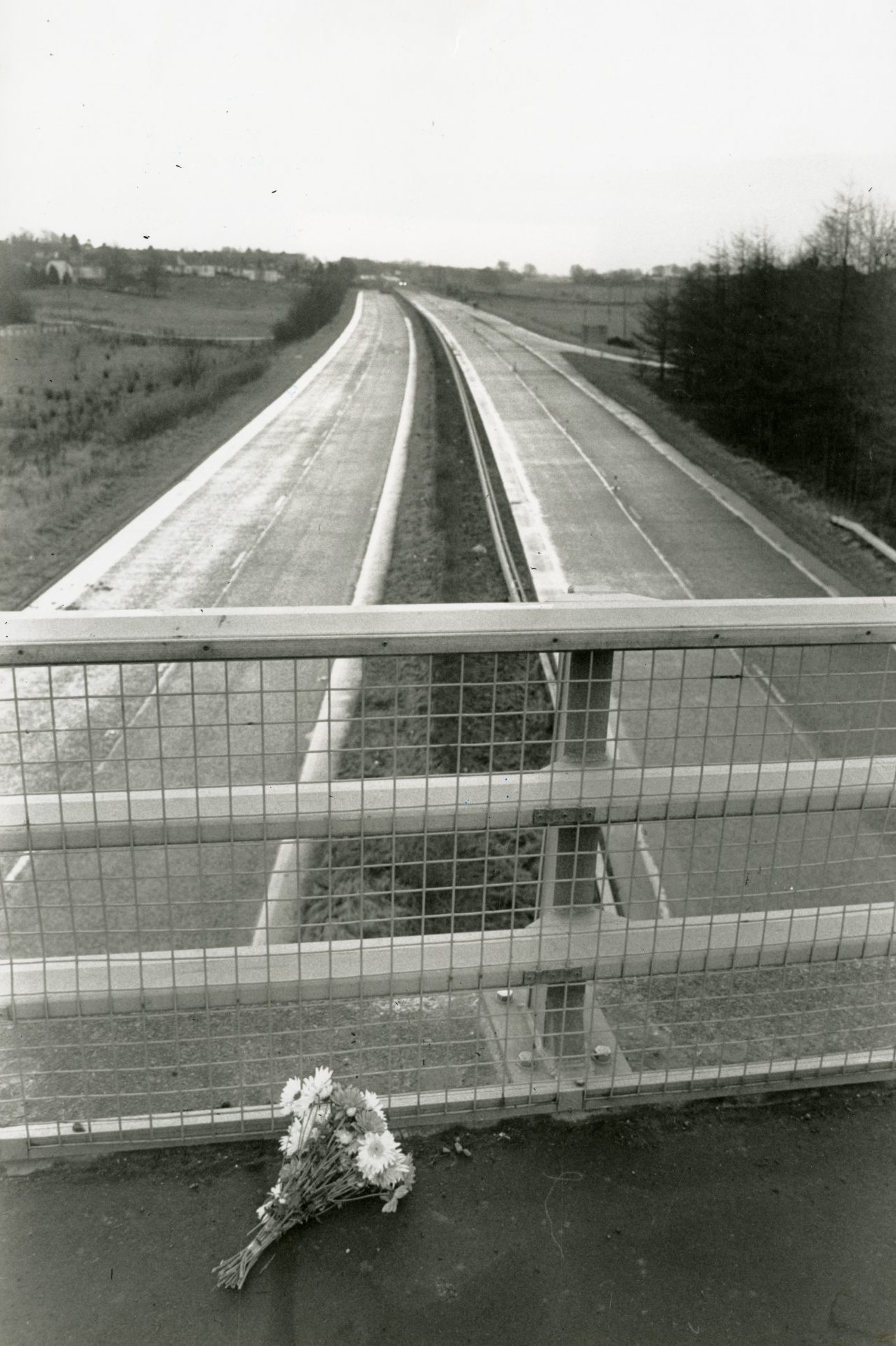
Conversation